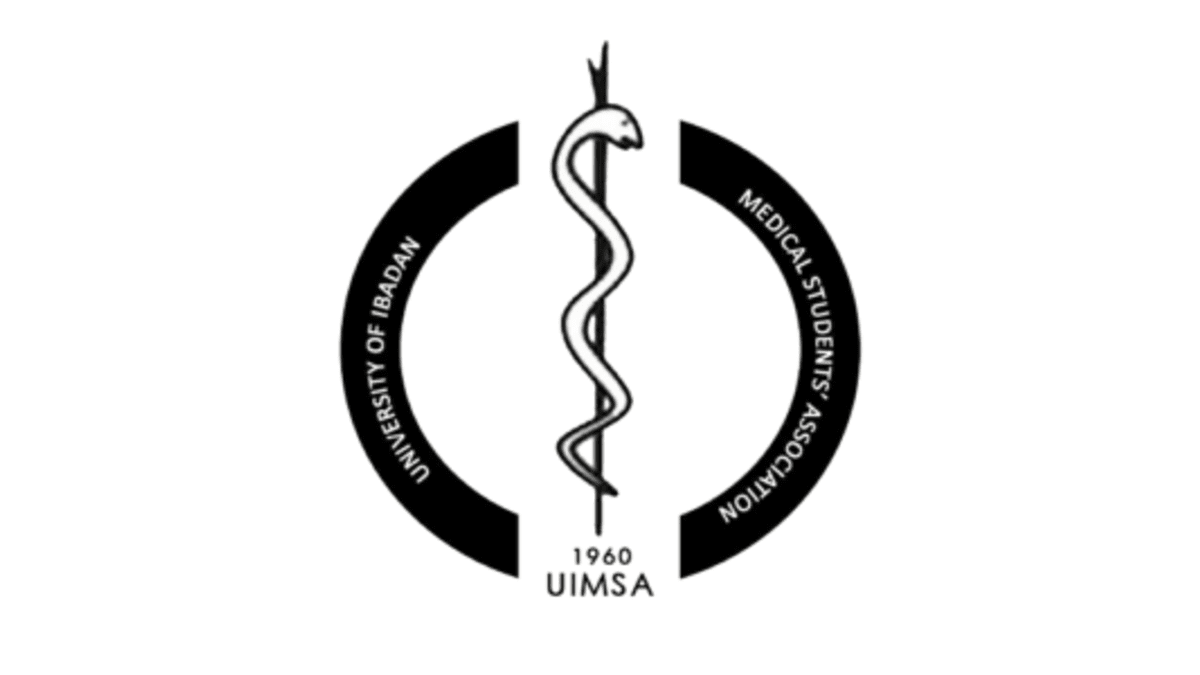Congress Representation in the 100 Level Constituency: A Misinterpretation of the Constitution

On Saturday, the 14th of October, 2023, during the second ordinal meeting of the UIMSA congress of the 2022/2023 academic session, three of the newly sworn in members of the 100 level constituency: Adebesin Grace, Omotosho Femi, and Faith Olagbenro; were relieved of their positions as congress members. The fourth, Tijani Abimbola, met a similar decision during the emergency meeting which followed. Their dismissal is reported to have resulted from an oversight in the consideration of resumption of the new constituency followed by misinterpretation of the constitutional rules.
Following the swearing-in of the 4 new members during the first meeting, an issue was raised regarding a conflict with Chapter five, Article XVIII of the constitution which states that no more that 10 new members could be co-opted into the congress. This was being violated in light of the fact that 9 people had been co-opted before the resumption of the 100 level class – an oversight of the house. Therefore, there the single seat left in the house was given to Abimbola as he amassed the most votes in the elections. The other three had their oaths nullified and compensation was promised.
A second issue was, however, brought up during the emergency meeting which followed on Sunday, the 22nd of October regarding another constitutional conflict. Chapter 6, Article XXIII states, regarding a new class joining the association, that “the Senate shall co-opt at least two members of that class” and “the Congress shall have the power to co-opt at least 4 members of the class”. As the former had already been implemented, the situation rendered the latter inapplicable, being a conditional statement. Consequently, Abimbola was dismissed as well, invoking the constitutional right of the congress to co-opt none instead, and thus rectifying the situation.
The congress promised to take steps to address the misunderstandings and members were urged to familiarise themselves with the constitution to prevent future conflicts. An open letter was later released to the 100 level class tendering apologies and promises of prevention of similar future occurrences. Mentorship opportunities were also offered to congress aspirants.
Although it is certain that all decisions were reached democratically and all seems settled, it is also certain that the freshman class is currently underrepresented in terms of numbers in the congress. What is hoped is that this serves as a lesson for future tenures and for similar happenings to be avoided in the future.
– Rodiyah Khidir



“A second issue was, however, brought up during the emergency meeting which followed on Sunday, the 22nd of October regarding another constitutional conflict. Chapter 6, Article XXIII states, regarding a new class joining the association, that “the Senate shall co-opt at least two members of that class” and “the Congress shall have the power to co-opt at least 4 members of the class”. As the former had already been implemented, the situation rendered the latter inapplicable, being a conditional statement. Consequently, Abimbola was dismissed as well.”
This statement is wrong o. That’s not why he was dismissed
He was dismissed because the constitution states “at least 4” and only one was appointed, so the decision was made to invoke the power to co-opt none. Since the statement reads “shall have the power”, the Congress decided to not use said power.
Still doesn’t change the fact that 100L are underrepresented, wrap it up nigga